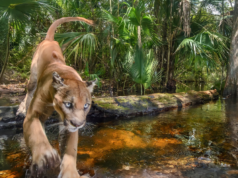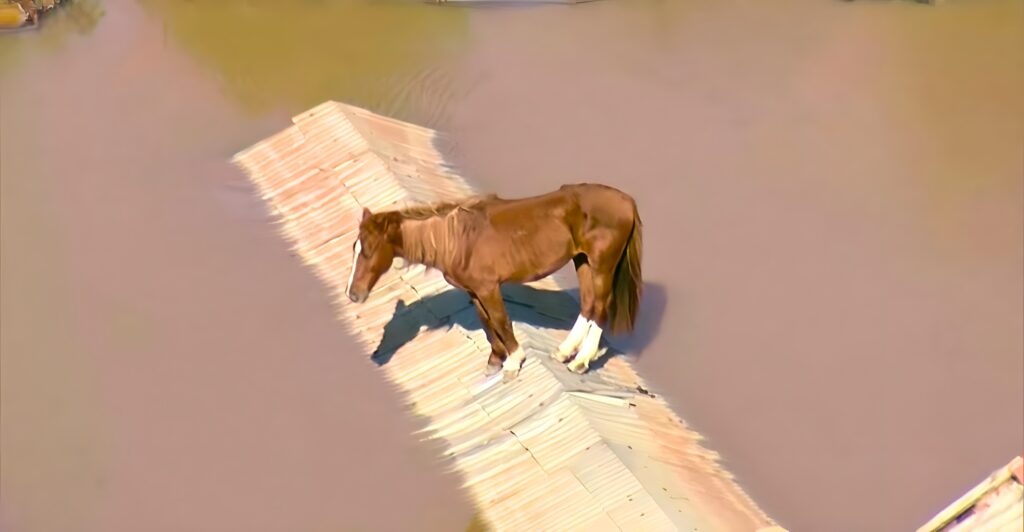
Natural disasters like wildfires and floods drastically reshape landscapes, forcing animals to adapt or flee. Despite the destruction, many species have evolved remarkable survival strategies. Some animals rely on instinct, while others use learned behaviors to escape danger. From soaring above flames to sensing changes in atmospheric pressure, wildlife showcases incredible resilience. This gallery explores how animals across the globe outsmart natural disasters, demonstrating nature’s extraordinary ability to endure even the harshest conditions.
Birds Take Flight from Fire
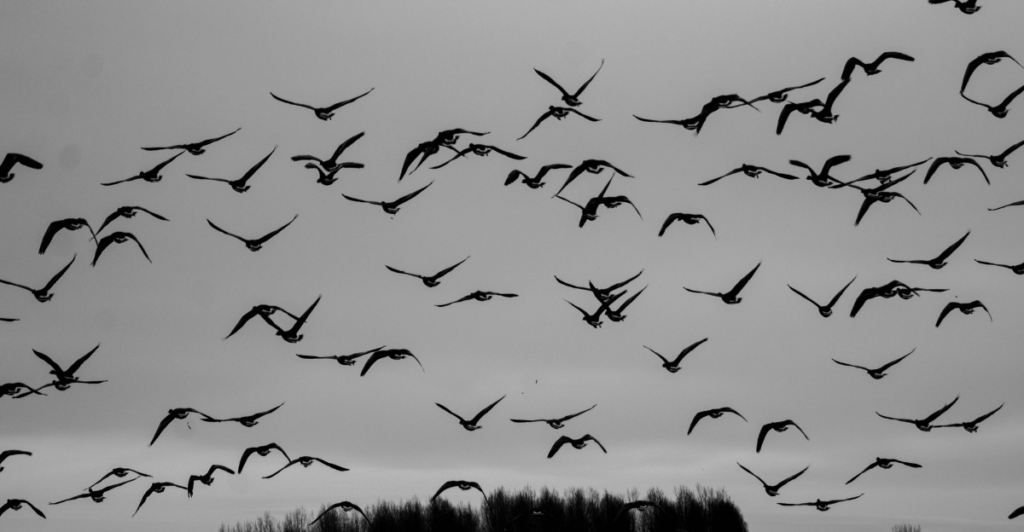
Birds have a significant advantage when wildfires strike. They can fly away. Since the smoke and rising heat, many species, like hawks and owls, trigger an instinct to relocate. Some birds, including the black kite, even follow fires, using them to hunt fleeing insects and small mammals. Their ability to travel great distances in search of safer habitats helps ensure survival, making them one of nature’s most adaptable wildfire survivors.
Burrowing to Safety
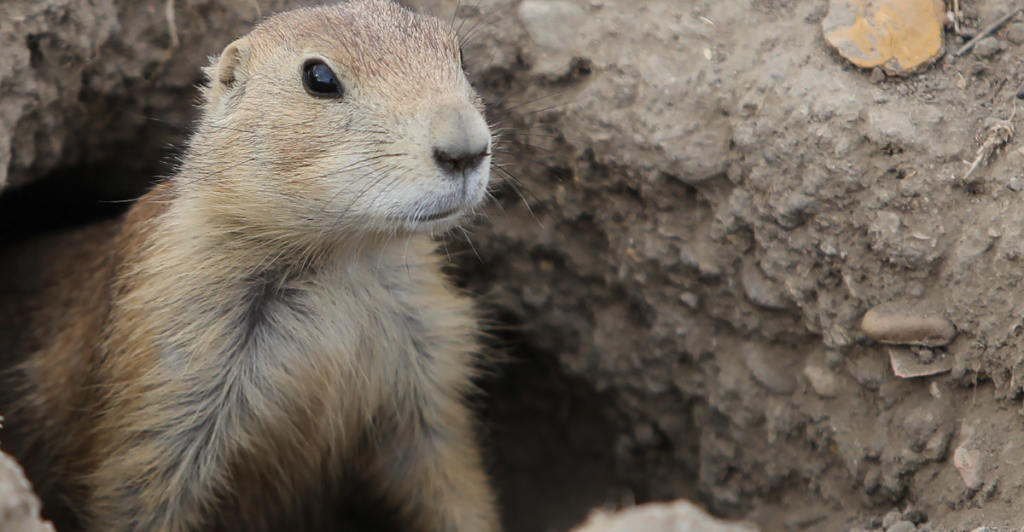
Digging underground is a life-saving strategy for ground-dwelling animals. Creatures like gophers, prairie dogs, and tortoises escape wildfires by retreating into deep burrows, where the soil insulates them from extreme heat. Similarly, some amphibians bury themselves in mud to survive floods. These underground hideouts offer protection until conditions above ground become stable again, demonstrating how burrowing behavior helps small animals endure nature’s most potent disasters.
Elephants’ Sixth Sense for Floods
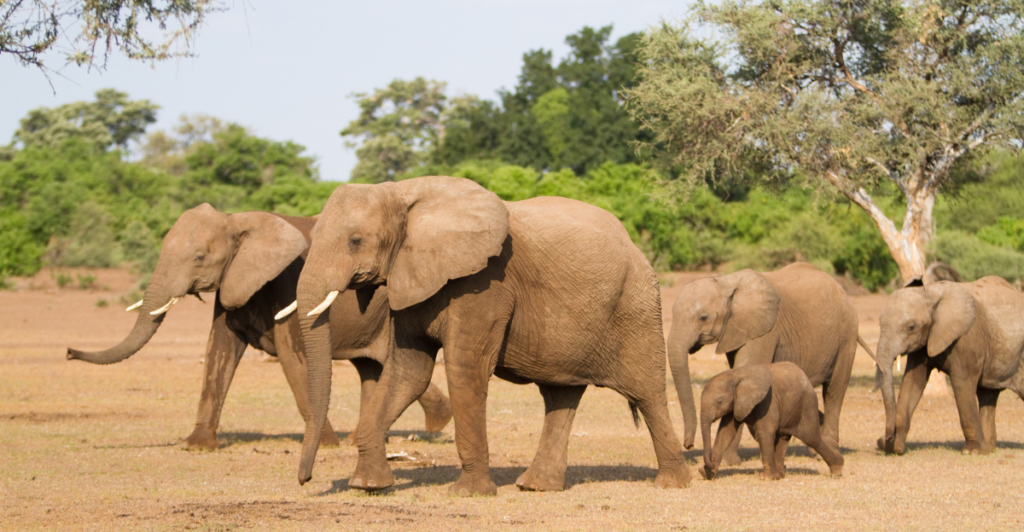
Elephants are known for their intelligence, but their disaster-sensing abilities are equally impressive. Studies show that elephants can detect seismic vibrations through their sensitive feet, alerting them to distant storms and rising waters. Before floods strike, herds often move to higher ground, seeking refuge long before humans notice the danger. This remarkable ability has helped elephants survive countless monsoons and flash floods in regions like India and Africa.
Fish and Amphibians Ride Out the Storm
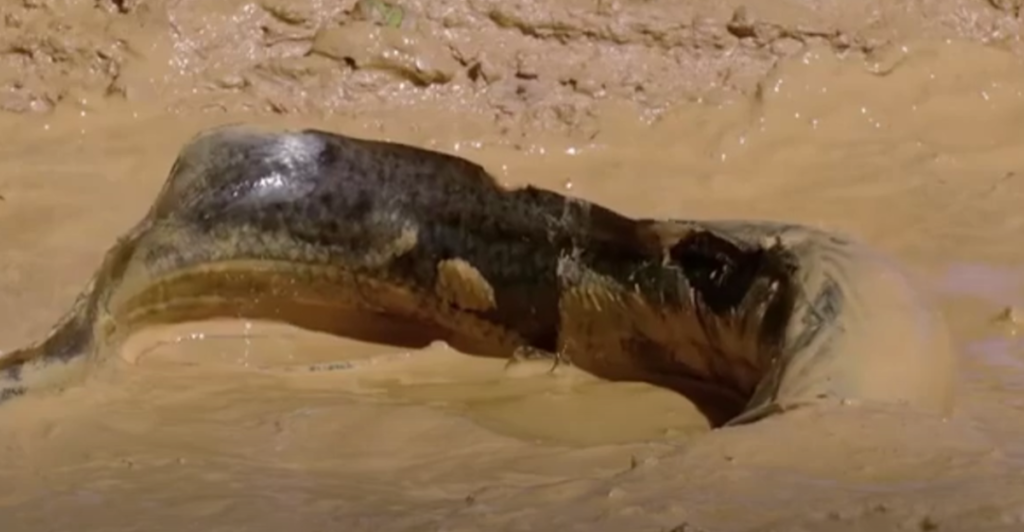
Many fish and amphibians have adapted to survive extreme flooding. Some fish, like the lungfish, can bury themselves in mud and enter a hibernation-like state called estivation, surviving without water for months. Amphibians such as frogs take advantage of floods by traveling to new habitats or laying eggs in temporary pools. These survival strategies ensure that aquatic and semi-aquatic creatures thrive in rapidly changing environments.
Koalas and Tree-Hugging Survival
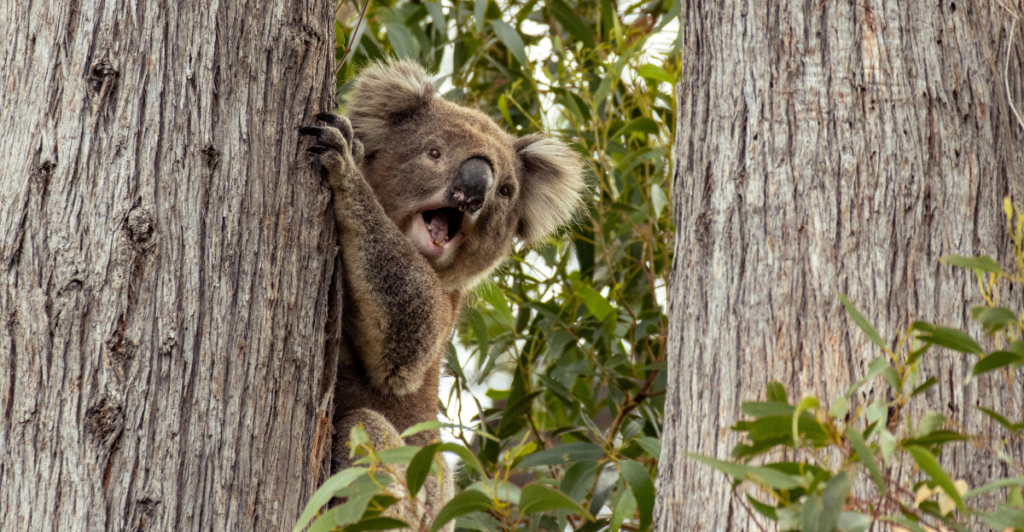
Koalas face significant risks during wildfires, but their instinct to climb high and remain still often protects them. Eucalyptus trees, their primary habitat, have thick bark that can withstand moderate fires. By pressing against the tree trunks, koalas reduce exposure to heat. While some are vulnerable to intense fires, many survive instinctively, choosing the right trees or seeking shelter in unburned areas. Their resilience showcases the importance of adaptation in survival.
Fire-Resistant Tortoises
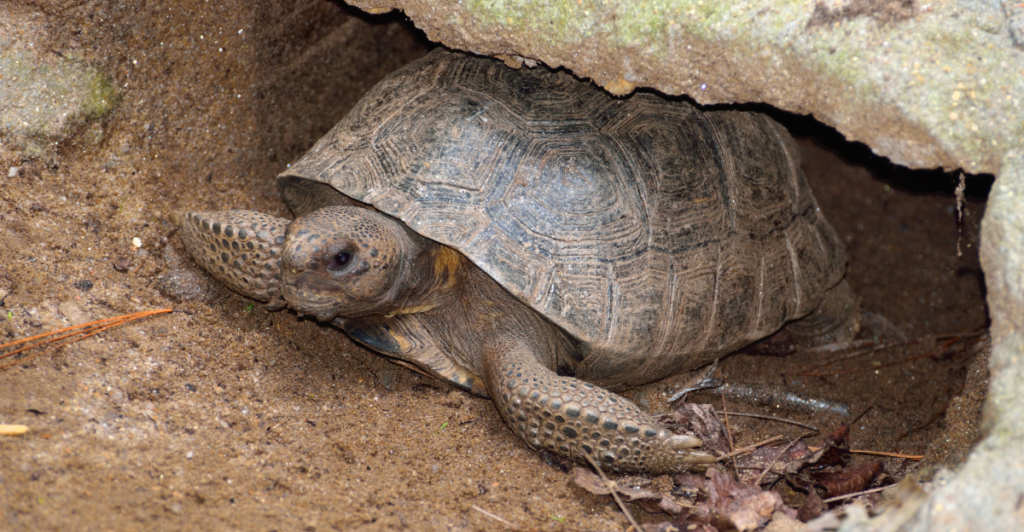
Tortoises have a surprising defense against wildfires. Their shells act as natural shields. The gopher tortoise, for example, digs extensive burrows that protect itself and offer refuge to other species, including snakes, rabbits, and frogs. These burrows can be up to 40 feet long, providing a haven from flames. As slow-moving creatures, tortoises rely on their built-in armor and underground shelters to outlast devastating fires.
Rats and Mice: Nature’s Quick Thinkers
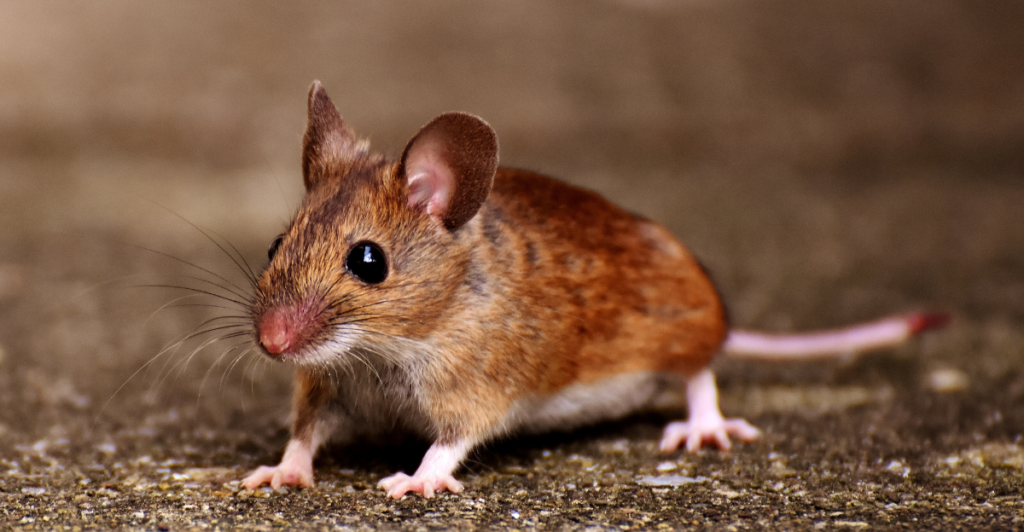
Rodents like rats and mice have an uncanny ability to sense approaching disasters. Their keen sense of smell and hearing helps them detect fire and rising floodwaters before they become a threat. Many instinctively flee to higher ground or burrow underground. Some even use floating debris to escape floods, showcasing their remarkable problem-solving skills. These small but resourceful creatures demonstrate how adaptability is key to surviving natural disasters.
Deer and Wildfires: A Race Against Time
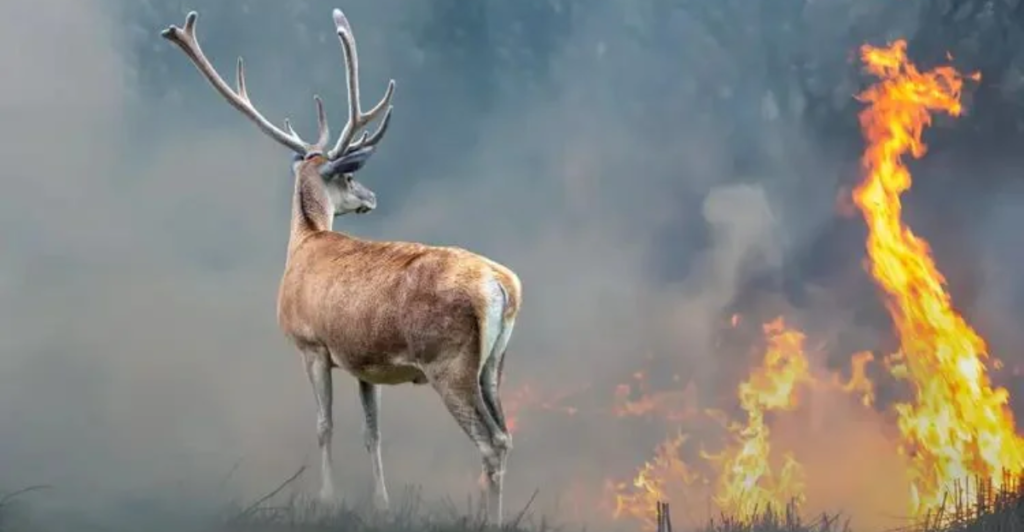
When wildfires spread, deer rely on their speed and knowledge of their surroundings to escape. They flee toward rivers, lakes, or open fields with less intense flames. Some studies suggest that deer recognize fire-prone seasons and migrate accordingly. Their agility and ability to detect early warning signs make them well-equipped to survive, proving that even large mammals must rely on instinct and quick decision-making to outsmart natural disasters.
Crocodiles and Flood Resilience
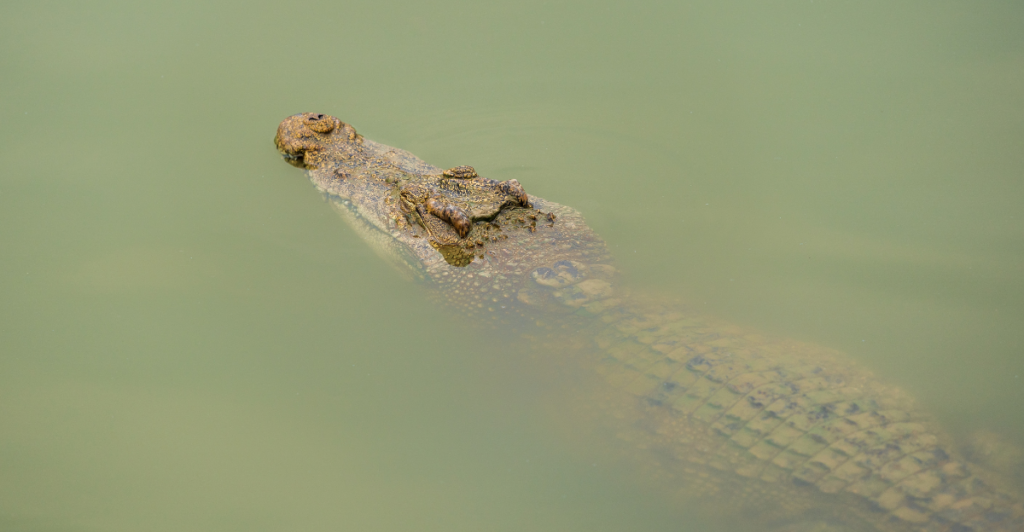
Unlike many animals that flee from floods, crocodiles thrive in rising waters. Their powerful swimming abilities allow them to navigate turbulent conditions with ease. Some crocodiles even use floods to expand their territory, taking advantage of newly submerged areas to hunt. By staying submerged for extended periods, they avoid strong currents and debris, proving that not all creatures view floods as a threat. Some see them as an opportunity.
Bees and Emergency Evacuations
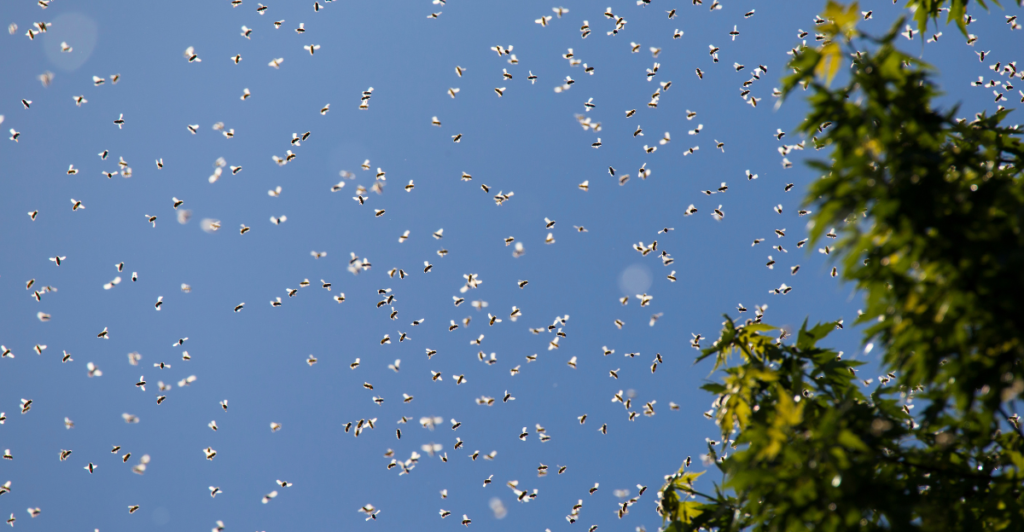
Bees have an astonishing survival strategy when disaster looms. A hive may initiate an emergency evacuation when sensing environmental shifts, such as a fire or approaching a storm. The queen and worker bees leave their hive en masse, swarming to a safer location. If time allows, they build a new hive, ensuring the colony’s survival. This collective decision-making highlights the intelligence and adaptability of one of nature’s most vital pollinators.
Squirrels and Flood Preparedness
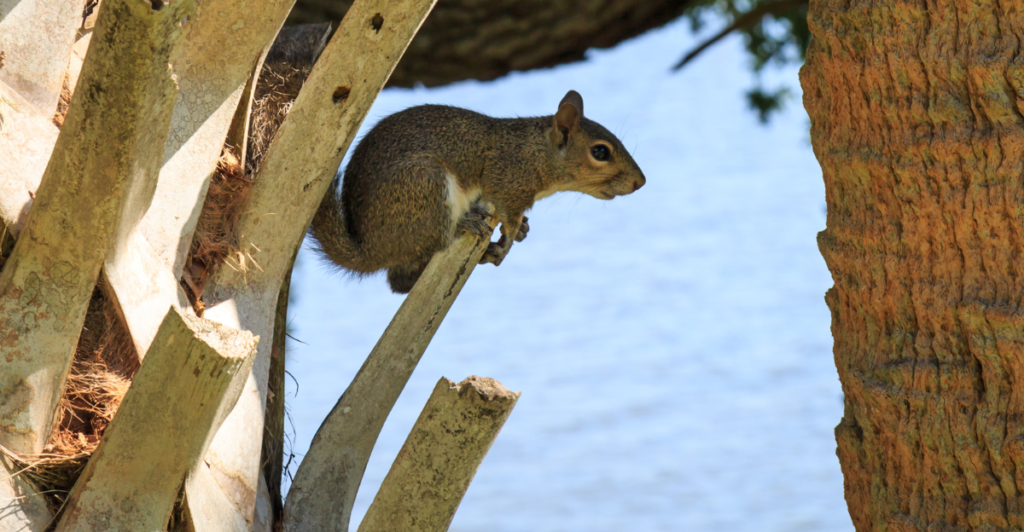
Squirrels are known for their quick reflexes and impressive climbing abilities, which help them escape floods and wildfires. Before heavy rains, some species build nests high in trees, ensuring their homes stay above rising waters. Others instinctively move to drier, safer areas. Their ability to assess danger and act swiftly makes them one of the most prepared small mammals, proving that survival often depends on strategy and agility.
Nature’s Endless Adaptations
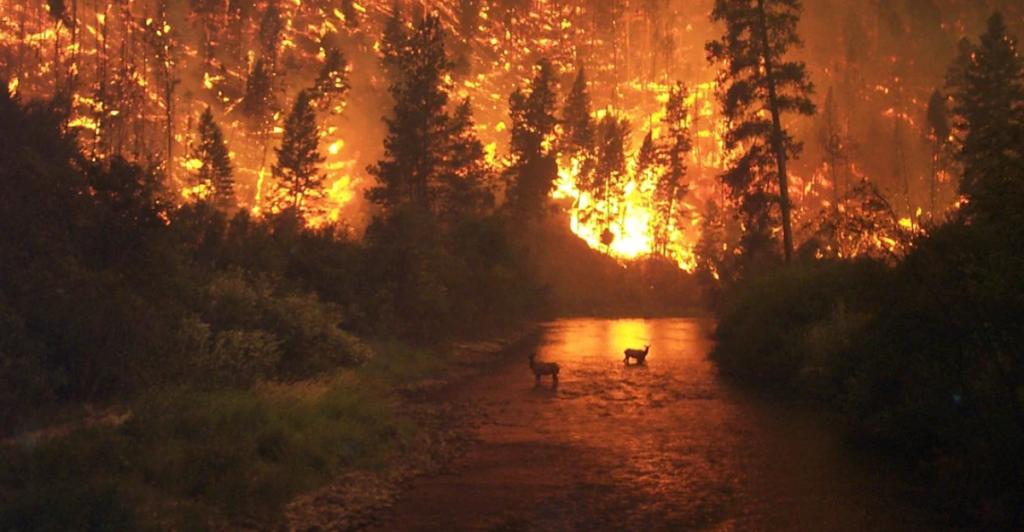
From birds escaping wildfires to elephants detecting floods, animals continually adapt to survive. Their instincts, intelligence, and resilience allow them to endure the worst nature offers. While natural disasters reshape ecosystems, they also reveal wildlife’s incredible survival strategies. By studying and appreciating these adaptations, we better understand nature’s balance and the remarkable creatures that share our planet. Their survival stories inspire awe and admiration.
Discover more of our trending stories and follow us to keep them appearing in your feed

“There Will Be Eruptions”: Concerns Mount as Yellowstone Supervolcano Activity Shifts
Climate Change Overestimated? New Data Shows Oceans Are Cooling The Planet Faster Than Predicted
Lake Shasta’s Remarkable Comeback From Drought Captured in Stunning Images
Largest U.S. Dam Removal Sparks Giant Salmon Revival
This article first appeared here
Stay connected with us for more stories like this! Follow us to get the latest updates or hit the Follow button at the top of this article, and let us know what you think by leaving your feedback below. We’d love to hear from you!


